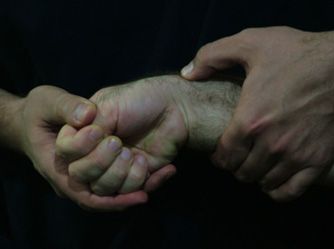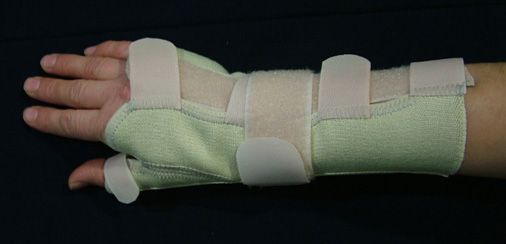Our tendons, which we perform the movements that lift the thumb up and away from the other fingers, pass under a tunnel in the wrist near the base of the thumb. The thickening and stiffness in this tunnel and swellings in the tendon sheaths make it difficult for the tendons to slide under the tunnel during thumb movements. This picture, which presents with pain and tenderness in the wrist, is named after the Swiss surgeon (Fritz de Quervain) who first described it.
It is mostly seen after compulsive and repetitive movements that have just started. The position of the hand when carrying their babies, especially in new mothers; The effects of hormonal fluctuations during pregnancy and breastfeeding facilitate the emergence of this condition. Quervain's tenosynovitis can also be encountered after previous wrist fractures, traumas, and weight training with unfamiliar weights.
Pain on the thumb side of the wrist is the most typical symptom. The pain often radiates down to the thumb and up to the forearm. Pain increases with strong grasping and wrist rotation movements where the thumb is also used. Swelling may also occur in the painful area of the wrist. Pain in the wrist when we bend the wrist in the direction of the little finger with the thumb in a fist is typical for diagnosis.
In the initial period, it is very important to rest the hand by using splints that disable the painful movements of the thumb. (fig.2) Again, in this period, the swelling of the tunnel and tendon sheaths is tried to be reduced by being supported with nonsteroidal anti-inflammatory painkillers. If the symptoms do not go away or get worse, the tunnel that compresses the tendons should be opened surgically. This surgery can be performed by applying local anesthesia to the entire arm or just the wrist.










